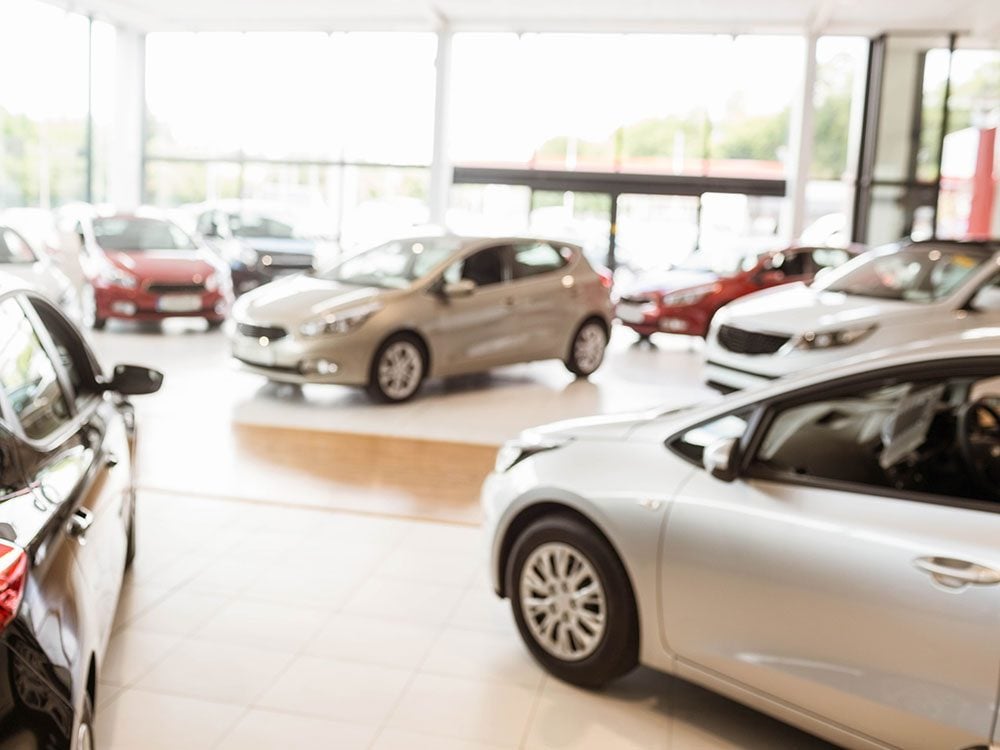
How much do dealers make on new cars?
A common misconception about new car dealers is that they’re out to make a quick buck, getting the best of you during the negotiation process and eventually overcharging you for a new vehicle. The truth, however, is that most dealers just want to satisfy their customers rather than gouge them. Believe it or not, car dealers actually make very little profit on a new car sale (usually under 8.7 per cent of the vehicle’s invoice price goes to the dealer) while the bulk of your hard-earned money goes directly to the manufacturer. To learn exactly how much a dealer is making on your new car, customers can consider obtaining a vehicle cost report which also provides you with a breakdown of fees, finance and lease rates as well as any additional incentives available in your area.

Understanding the dealer margin
Invoice price reports can show you exactly how much the dealership paid to acquire the car from the manufacturer and put it on their lot for you to buy. In some cases, the difference between the invoice price and sale price (referred to as dealer margin) is only a couple of dollars. That said, don’t expect to knock several thousands of dollars off the vehicle asking price as odds are that would translate into a considerable loss for the dealership. Instead, calculate exactly how much wiggle room the dealership has and propose a price that you think will be fair for both yourself and the dealer.
Psst—here’s what happens to all of the cars that never get sold.

So, how do car dealerships make money?
At this point you might be wondering how dealerships keep their lights on if margins on new cars are so low. After all, there are a lot of costs associated with running a dealership including leasing the showroom, building maintenance, advertising and employee salaries.
Car dealerships make the majority of their profit from services and maintenance for the vehicle they’ve sold you, as well as financing, auto insurance and vehicle add-ons. The new car department of a dealership usually pulls in under 30 per cent of the dealership’s gross profits according to the National Automobile Dealers Association, so new car deals are definitely not their main source of income.
Sales consultants and dealerships may also receive volume bonuses for selling a certain amount of cars per month—so when a dealer says “I’m taking a loss on this vehicle by selling it to you below invoice cost” they aren’t lying; they could actually be losing money on the car in hopes of offsetting the loss with the manufacturer’s volume bonus. In some cases, dealerships might also receive “dealer holdbacks”—a percentage of MSRP that the manufacturer repays to the dealer after the car has been sold.
Learn the trick that’ll get you a better price on your trade-in.

How to use this information as a new car buyer
When buying a new car, your best ammunition is knowledge. Knowing that there really isn’t much profit for a dealership to make on a new car and that the best deal on a new car lies somewhere between the invoice price and the market suggested retail price (MSRP) will give you a one-up when it comes to negotiating the price. As a rule of thumb, you can let the dealership know that you are willing to pay between 3 to 8 per cent above invoice price just to keep their lights on and they’ll probably accept this deal. It’s a fair and reasonable offer for both parties—as well as a hassle-free sale for them with little need for negotiating back and forth.
Now that you know how much dealers make on new cars, find out the best time to buy a new car.